Our plan spends less money than Gov. Tony Evers and legislative Republicans but still meets the Brewers’ maintenance request needs.
The Republicans’ more than $700 million plan to maintain and renovate the Milwaukee Brewers’ stadium should be a no-go. Gov. Tony Evers’ plan is also a non-starter. We are proposing an alternative plan that meets the Brewers’ maintenance needs, spends less, and reduces the pain on the state, City of Milwaukee, and Milwaukee County taxpayers.
This is all backwards. You’d expect Democrats and a Democratic governor to oppose handing millions of dollars to a rich company owner, yet here we are. You’d expect Republicans to propose spending LESS overall than Democrats, yet here we are. That being said, there are elements of the Republicans’ plan that we really like, such as the “jock tax” concept. We retain them.
We would note that the Brewers asked for $428 million in a December 2022 consultant study (VSG) on maintenance and renovation requests. The Republican plan exceeds that by almost $300 million. We don’t support that.
That report did say the stadium has been well-maintained. It’s important to note that the maintenance needs are projected needs through 2040; the stadium is not currently falling apart. The consultants have studied many well-known stadiums.
Here’s how the competing Brewers plans break down:
This is a VERY important distinction:
Republicans squeezed $100 million out of the Brewers and are demanding $202 million from the cash-strapped locals but then they added those contributions ON TOP of the VSG request. In other words, they expanded far beyond what even the Brewers were asking for. That’s how they get to $714 million. Why give the Brewers more than they said they needed?
In contrast, our plan starts with the Brewers’ VSG maintenance and renovation request but then subtracts the Brewer contribution and (smaller) local contributions from it. Those contributions should go toward the maintenance request. We agreed with adding $25 million in winterization costs because winter events are projected to bring in significant revenue, so that made sense.
As a point of comparison, we would note that $250 million in public money was spent on the $524 million Bucks stadium (including $47 million from the city through tax incremental financing). Our plan is most in line with that precedent. For comparison purposes, the plan included $174 million from the Bucks’ owners and $100 million from former Sen. Herb Kohl. (The state contribution to the Bucks was $160 million, but the state got $80 million back through a shared revenue reduction.) In 2021, it was estimated the Bucks’ playoffs had a $58 million economic impact, and most people today are happy Fiserv exists. Our plan is closest.
Here’s the tale of the tape on the competing Brewers plans. We tried to take the best elements of each plan.
The Republican Plan
Total: $714 million. State contribution: $386 million, winterization $25 million (Also paid for by the state), $100 million from the Brewers, $135 million from Milwaukee County, and $67.5 million from the City of Milwaukee. The Milwaukee and state contributions would be spread out annually, with the state contributions coming from players’ income taxes.
The Evers Plan
Total: $448 million. $290 million cash upfront from the state surplus, interest payments, and $70 million from the stadium board. Evers based the latter on the study conducted by the Brewers’ consultant, but we are told that the stadium board has spent some of it, and they don’t have the full $70 million anymore. Evers asked for NO money from locals or the Brewers, beyond what the Brewers already pay in rent ($1.2 million a year).
WRN’s Milwaukee Brewers Stadium Plan
Total: $447.7 million. Our plan includes the $100 million contribution from the Brewers but applies it to the maintenance request. It also includes $179 million from the state jock tax, $40 million in state funding shifted from the Milwaukee Public Museum, $25 million for winterization from the state, $45 million from Milwaukee County (shifted from the museum), and $18.7 million from the City of Milwaukee (keeping the annual total the same as they are already paying for the old stadium). The Brewers contribution in our plan is in addition to the rent they currently pay.
If the museum money can’t be shifted, the county and city would still have to pay the amounts listed, but we’ve halved their contributions (on a percentage basis) from the Republican plan.
We understand the temptation to say no public money should fund the stadium, but we do think the practical reality of such a pure stance would be that the Brewers would leave. We think having a major league baseball team is an asset to the state’s economy as a whole. We grew up with the 1982 Brewers, and we believe the team is embedded in our state’s psyche.
According to the non-partisan Legislative Fiscal Bureau, income tax generated within the stadium district is estimated to total $666.5 million over the length of this lease. The GOP proposal will net the state roughly $242.9 million in income tax collections between now and 2050.
We asked if the state could just sell the stadium to the Brewers for $1 to eliminate this problem down the road, but we’re told that the Brewers wouldn’t buy it.
We started with the premise that it’s good to keep the Brewers here. The team currently owns an undivided 35.77% interest in the stadium project and the Stadium District, an independent entity created by the state, currently owns an undivided 64.23% interest in the stadium project. That means if the Brewers leave, the state would basically own an empty stadium albatross.
We spoke to state Rep. Rob Brooks, the Republican from Saukville who helped author the Republican plan. He said the Republican plan attempts to have $100 million left over in reserves at the end of 2050. While nice, we think tough choices have to be made and eliminated that provision.
If the Brewers leave, the state will lose millions in revenue, he said. Brooks told us that Republicans are open to negotiating their numbers. We do like the Republican provision to change membership on the Stadium Board, which is currently dominated by Democratic appointees. The Republican goal is to put more people on the Board with construction experience and to balance out the political representation. This provision should be retained.
How It All Breaks Down
In case you missed it, Gov. Tony Evers proposed his $448 million plan that included an upfront state cash “bailout” for the Brewers with zero contribution from them or local government. Republicans correctly rejected this, but they jacked up the price tag to more than $700 million by extending the lease duration, winterizing the stadium, and adding (versus subtracting) the hefty contributions from the locals and Brewers. Both plans are flawed, but the Republican plan has some very good elements that we want to retain.
We poured through documents and conducted a series of interviews in an attempt to understand how the Republican figure ballooned from Evers’ ask, which was based on the December 2022 study by a Brewers-commissioned consultant, VSG, which estimated $428 million in maintenance needs for the stadium through 2040. Evers tacked on an extra $20 million for inflation.
Evers went with the VSG amount as the baseline, even though his Department of Administration commissioned a separate study that inflated that number even more. We are going with the more conservative VSG study amount, $428 million. After all, why should state taxpayers give the Brewers more than they asked for? Both the Democratic and Republican plans did this. We disagree.
We also scrutinized the VSG and DOA study [American Family Field Assessment Review FINAL (1)] carefully. We understand there is a lease provision requiring the stadium district to pay for upgrades to keep up with other stadiums. Even so, some of the maintenance requests struck us more as wants than needs. For example, the VSG study notes that the clubhouse lacks a “wow” factor and also recommends creating new social spaces for young generation fans who, unlike older ones, don’t want to sit in traditional seats to actually watch the game.
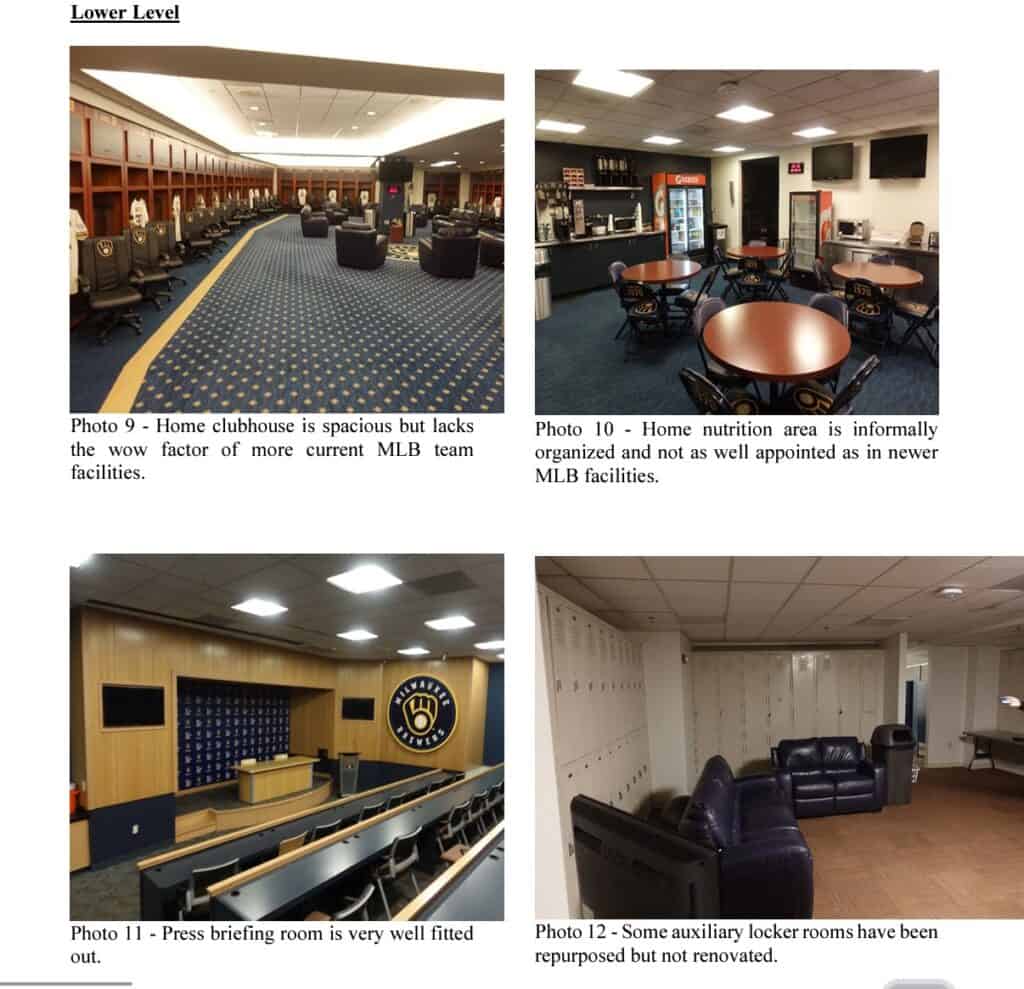
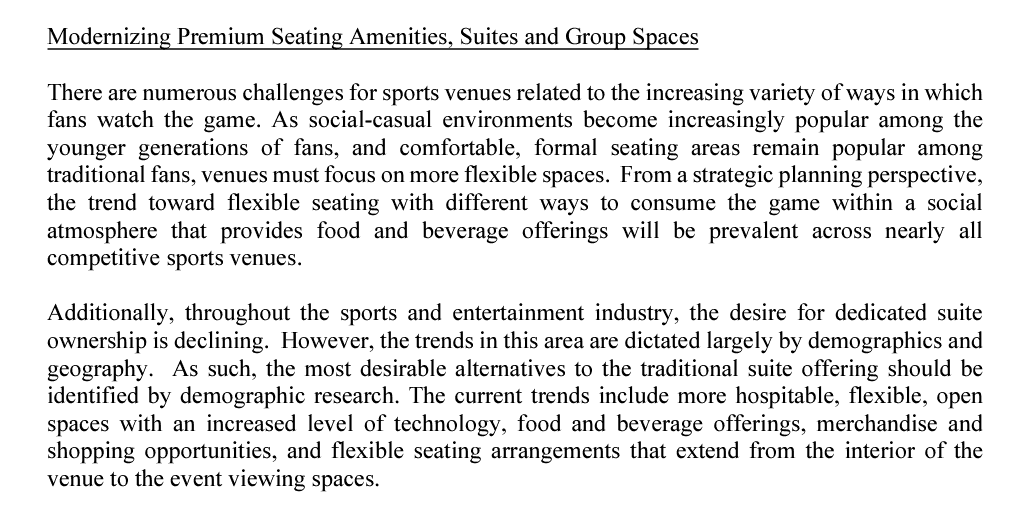
Our plan would require $5.3 million in savings, either from VSG’s $428 million maintenance requests or from the winterization budget, or both. Below is the outline of how VSG is reaching its total. We suggest finding the savings in architecture and interiors or miscellaneous categories.
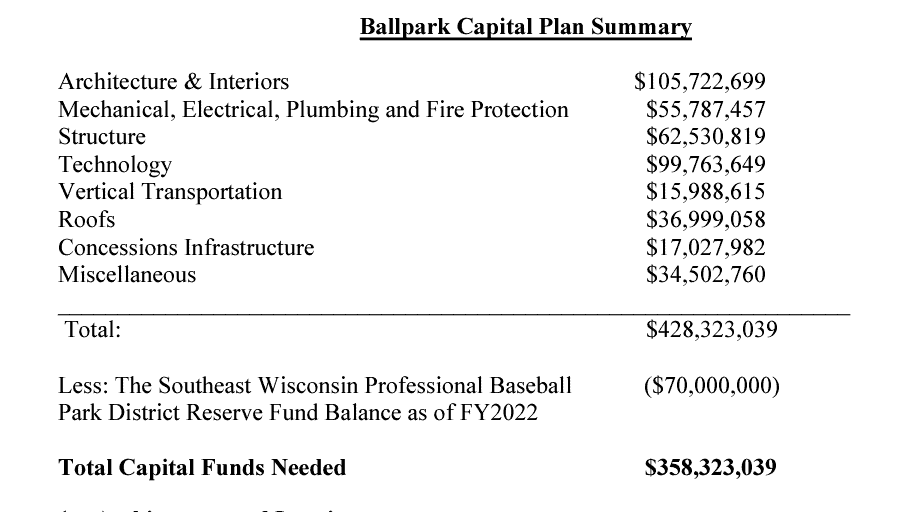
Brewers Must Contribute $100 Million
There are things we really like about the Republican plan. For example, Evers asked Brewers’ owner Mark Attanasio, who is worth $700 million (the team is worth $1.2 billion) to pony up exactly nothing. This is indefensible. We would note the governor just vetoed a tax cut on working-class Wisconsinites and retired folks. Yet now he wants to spend more state money to help a wealthy team owner while not expecting him to contribute a dime.
Outrageous. We would also note that Attanasio is dealing with some issues that teams in larger cities don’t have because of lower television ad revenue. We’ve never seen a detailed breakdown of Brewers’ financials, however; Republicans should ask for one.
The Republican plan includes a $100 million Brewer contribution, which we retain.
We like the idea of an entertainment district around the stadium. Deal with it through a TIF.
Milwaukee Contributions
At the same time, Republicans are demanding a combined $202 million from the City and County of Milwaukee, albeit through $2.5 million and $5 million annual contributions, respectfully. We believe the city and county should contribute something to the plan because they do get millions of dollars in sales tax from sales within the stadium. The city/county would lose that money if the Brewers leave, and that’s a practical reality if no deal gets done.
However, our plan HALVES the city/county contribution. We would note that the state just allowed the city/county to increase its sales tax (which hits the poor hardest) to avoid bankruptcy.
It seems incongruent to acknowledge the locals are teetering on bankruptcy and then to take some of that money back through a large forced spending increase for a stadium whose fan base is only 22% of the city. We want Milwaukee to get its fiscal house in order; our plan gives them space to do that.
Assembly Speaker Robin Vos baked a lot of great provisions into that sales tax bill to prevent them from frittering away the sales tax/shared revenue increases by preventing them from cutting law enforcement budgets or spending it on the trolley. That was great.
The entire state benefits if Milwaukee succeeds.
The Republican plan makes the wealthy team owner pay less than one of the state’s poorest counties. That’s wrong, and we fixed it.
We have a divided government, so both sides are going to have to grasp the political realities and feelings of the other.
We also understand the political reality; Republicans need to sell this to northern Wisconsin Republican legislators whose voters, in say Superior or Eagle River, won’t necessarily understand why they need to pay for a baseball stadium six hours away. They may bolt with zero local contribution from Milwaukee; after all, they are the MILWAUKEE Brewers.
We also grasp the political reality for Democrats; they aren’t going to vote for the $202 million for locals in the current plan, and Democratic support is necessary to attain Gov. Tony Evers’ signature. The Republican plan is dead without Evers’ signature.
We get that it’s a tough sell for Milwaukeeans to be asked to pay big contributions to renovate a stadium that was built with money from MULTIPLE counties, including more affluent ones. But now they aren’t being asked to share the pain.
Our plan offers a compromise. The city and county must have some skin in the game, but we’ve cut what the Republicans want them to pay in half. Furthermore, our plan provides them with a creative way to pay it to reduce the pain.
Here’s how:
- City of Milwaukee: Members of the Milwaukee Common Council whipped out a press release that revealed they are already paying $1.1 million a year in debt service for the OLD stadium, through 2029. The Republican plan would make them pay $2.5 million a year on top of that. Evers makes them pay nothing. Our plan gives them a three-year moratorium and then requires them to pay $1.1 million a year for the duration of the plan. There would be three years of double payments, but, as noted, they do receive significant sales tax revenue. For most of our plan, the city would just pick up and continue paying the same amount once the old debt service runs out.
- Milwaukee County: We have a very creative approach to suggest to the Milwaukee County Board. The Republican plan makes the County pay $5 million a year; Evers makes the county pay none. We are asking for a $45 million contribution, which would amount to about $2.25 million a year – for 7 fewer years. Thus, we are splitting the difference. However, we further suggest this:
Pull the Milwaukee Public Museum Funding
We believe that Milwaukee County supervisors should rescind the $45 million they granted to the new Milwaukee Public Museum, which has not yet broken ground, and shift it to the Brewers Stadium plan. MPM’s website says that its fundraising has lagged; they have raised only $128 million, which includes $85 million in state and county aid. Their budget is $240 million, so they are more than $100 million short, with plans to break ground in December, according to their website.
MPM promised to give new fundraising numbers in late summer, but now tell us that won’t happen for a few weeks. We’ve outlined a number of concerns with the new museum project. Furthermore, there is a lot of public sentiment AGAINST a new museum, especially over their planned elimination of the historic Streets of Old Milwaukee and European Village exhibits.
MPM should attempt to use the private money it has already raised to build an off-site storage facility to protect the county collections, and then simply upgrade the current building, which is an absolute treasure of fan favorites, historic art, and nostalgia.
The county’s $45 million for the museum has not yet been spent. Milwaukee County supervisors should pull it NOW. Shift it to the Brewers, which generate sales tax for the county. If the county rescinds the money, it’s possible the state could also rescind its $40 million grant to the museum, since that grant was contingent on local contributions.
We understand there could be legal concerns with pulling the museum money, but we have uncovered information that could make this far easier for the County to do (we are saving that for an upcoming story, so stay tuned). If it ends up not being possible to pull the museum money, then we think the $45 million contribution still seems fair, in light of the sales tax generated by the stadium, and the County will have to find another place to get it.
No to the Five-county Stadium Sales Tax
Why are we not asking for any money from the surrounding counties? Many remember that the stadium was built in the first place using sales tax money generated by multiple counties, including Racine. This led to the recall of a Republican legislator, George Petak, and Republicans lost control of the state Senate over it. The sales tax expired in 2020.
It’s simply a political reality: there is no will to go through that again. And although folks from the surrounding counties (like Waukesha, Ozaukee, and Washington) go to Brewers games, those counties don’t benefit from the sales tax generated inside the stadium like the state, City and County of Milwaukee do. In a sense, suburban attendees ARE helping pay for the stadium when they go to games and purchase a brat and beer because they are paying that sales tax.
We would note that the Republican plan ingeniously pays for its contribution by using income taxes generated by players. Those taxes would disappear if the team leaves. The Republican plan spread out the state contribution over multiple years. We retain this feature. Our state contribution is less, but it’s also paid with the jock tax plus rescinded museum money or just the jock tax if the museum money can’t be repealed.
The Republican plan goes to 2050. While nice, you can’t have it all. Our plan is closer to the VSG study’s term, and it matches Evers’ plan of going through 2043. We’re told that consultants can’t assess maintenance effectively beyond 20 years, and 20 years has a good ring to it.
We get that Assembly Speaker Robin Vos is a crafty negotiator; most good negotiators start with higher numbers than they are willing to settle for. However, it seems backwards, when negotiating with high-spending Democrats, to negotiate by starting HIGHER than them. We prefer an approach that starts LOWER than them. Let Evers and Democrats argue for more spending.
However, the WRN plan spends less money than BOTH Evers and the Republicans, which is more fiscally responsible at a time when regular folks are struggling to pay grocery bills.
According to a press release issued by Senator Dan Feyen and Representative Rob Brooks, “This state funding will come directly from the income tax generated within the stadium district. Unless you play for the Brewers or work in their front office, your tax dollars will not go to maintain the stadium.”
“It is cheaper for the taxpayers to keep the Milwaukee Brewers than to risk them leaving. This is a solid plan that will keep the Brewers in Milwaukee through 2050 and enables the stadium district to harness millions of dollars in revenue generated directly from the team’s activities, bolstering their ability to remain rooted in Wisconsin,” Vos said.
“This is ridiculous and indefensible public policy,” said economist J.C. Bradbury of Georgia’s Kennesaw State University. “Any elected representative who supports this should be voted out of office, if not recalled. Remember George Petak.”
This is ridiculous and indefensible public policy. Any elected representative who supports this should be voted out of office, if not recalled. Remember George Petak. https://t.co/BqI11y5B7k
— J.C. Bradbury (@jc_bradbury) September 17, 2023
Although we think Bradbury’s comment is hyperbolic, we would also note the likelihood that a new liberal Supreme Court will invalidate legislative elections, meaning Republican legislators will have to run again, perhaps with incumbents pitted against each other. We’d prefer they not have to do that with a $700 million vote hanging over their heads, especially outside southeastern Wisconsin, where it’s less understandable to voters.
We would note that some voters in northwestern Wisconsin are in the Minnesota media market and might be more closely associated with the Twins.
Table of Contents
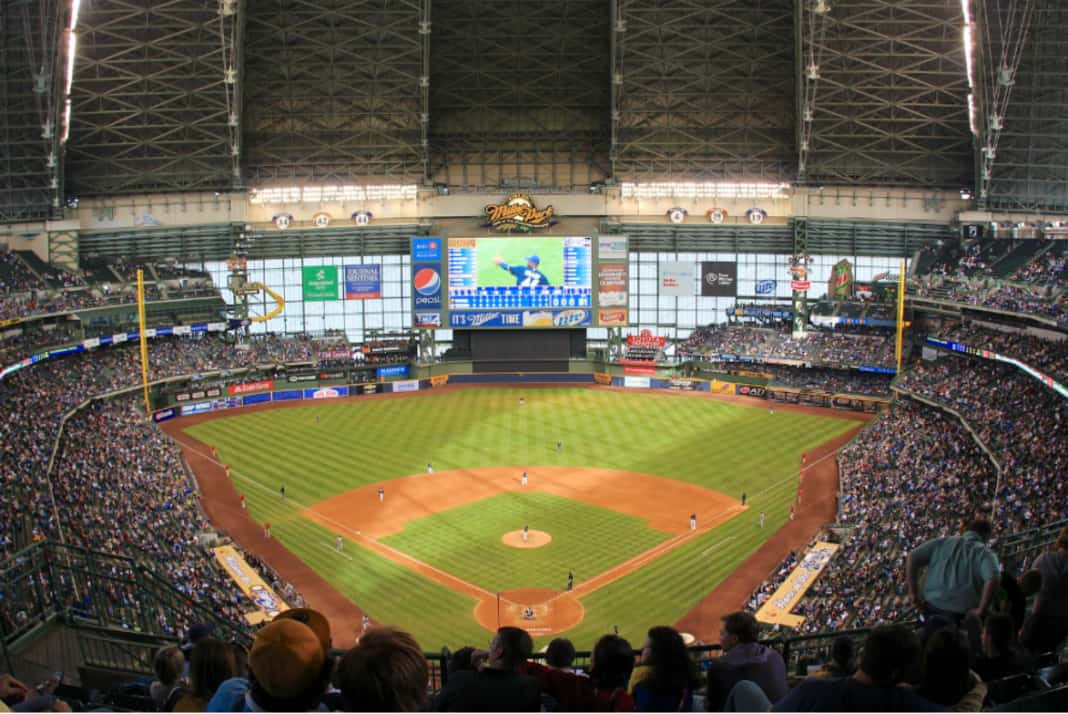
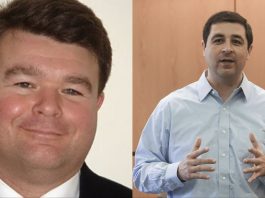
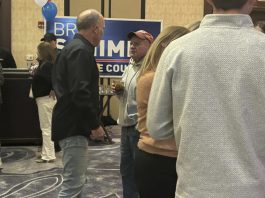
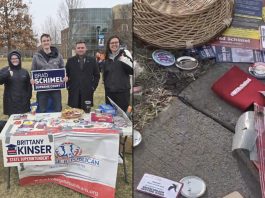



![WATCH: Elon Musk Town Hall Rally in Green Bay [FULL Video]](https://www.wisconsinrightnow.com/wp-content/uploads/2022/04/Elon_Musk_3018710552-265x198.jpg)
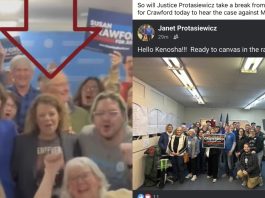
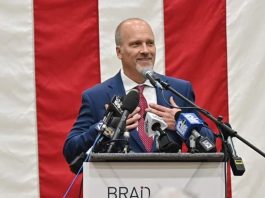

![The Great American Company [Up Against the Wall]](https://www.wisconsinrightnow.com/wp-content/uploads/2025/03/MixCollage-29-Mar-2025-09-08-PM-4504-265x198.jpg)
![The Wisconsin DOJ’s ‘Unlawful’ Lawman [WRN Voices] josh kaul](https://www.wisconsinrightnow.com/wp-content/uploads/2025/03/MixCollage-29-Mar-2025-08-48-PM-2468-265x198.jpg)